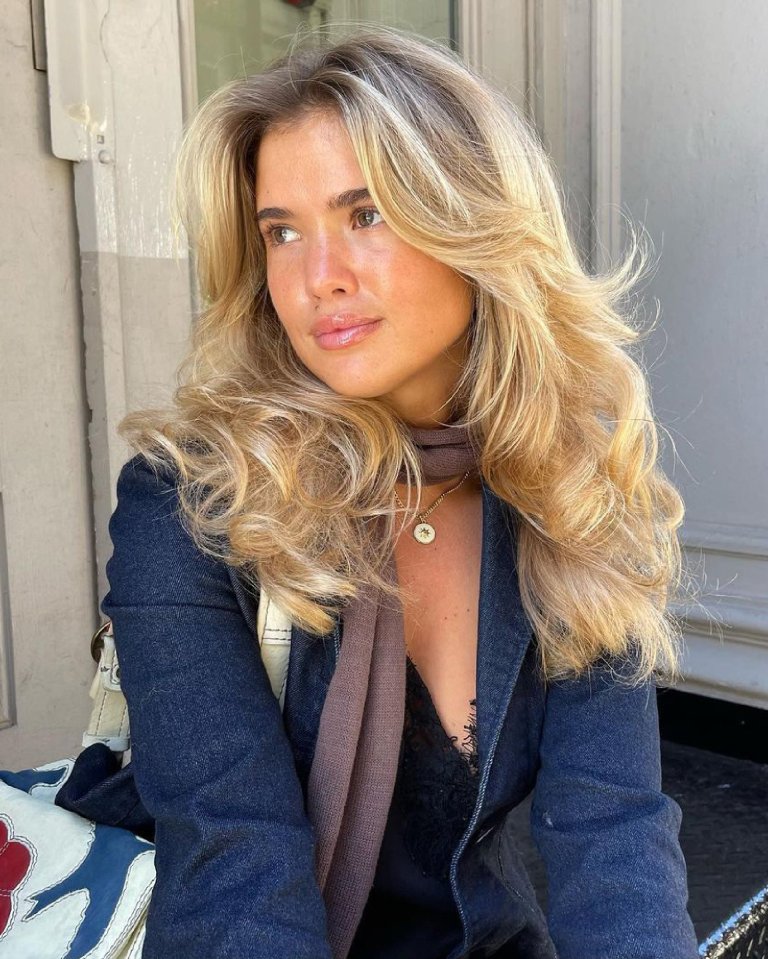I’ve been through a lot of hair colours, from box dyes to bleach attempts and beyond. I like to think by now, I’ve got a good grasp of which darker shades suit me, but when I toy with the idea of going blonde, I realise I’ve got no idea where to start. That’s why I was pretty intrigued when I came across ‘colour analysis’ on Tiktok.
What is hair colour analysis?
Colour analysis is a method that is used to decipher which colours are most complimentary for you based on your hair colour, eye colour and skin tone. It’s grouped into seasonal categories of spring, summer, autumn and winter, and then further broken down into sub-categories in each of these seasons. More on those later.
How do you do colour analysis?
Professional colour analysis is the most popular and thorough way of finding out your colouring and you can have 1-1 sessions in person or virtually. These professionals have had extensive training and know exactly what they’re looking for, so it’s a worthwhile investment if you are looking to seriously supercharge your wardrobe and overall style with the colours that work best for you.
However, if you’re looking for a quick and free colour analysis, there are various tools online, as well as filters on TikTok which allow you to virtually ‘try on’ the different colour palettes and compare.
I highly recommend watching @carolbrailey’s videos on Tiktok and using the filters she recommends below to get a basic understanding of your colour analysis.
The Concept Wardrobe also offers an in-depth guide to determining your colour analysis, but you’ll want to carve out a good amount of time for this.
Note that this won’t be as precise or thorough as getting it done by a professional, but it can give you a bit of a better insight as to what colours you can look to avoid and what you can choose to incorporate more of.
What are the seasons and what do they mean?
Winter and summer are cold whereas spring and autumn are warm, but the further sub-categories take into consideration different factors. They are:
- Dark winter, True winter, Bright winter
- Bright Spring, True Spring, Light Spring
- Soft Summer, True Summer, Light Summer
- Dark Autumn, True Autumn, Soft Autumn
The colour analysis looks at three aspects of your overall colouring (hair, eyes and skin tone). These are: warm or cool (your hue), light or dark (your value) and muted or bright (your chroma).
There are a few different versions of the seasons: some people prefer to use the 12-season colour analysis whereas others like the more in-depth 16-season colour analysis. As you can probably tell, you can get seriously down the rabbit hole of colour analysis, so I’m only going over the basics here.
Which hair colours are the most complimentary according to my colour analysis?
So you’ve gone away and done your colour analysis, the question is, how can you apply this to your look? Aside from your wardrobe, your colour analysis can be a key to understanding which hair colours suit you best.
While it’s a great idea to take references of hair colours to the salon, the hair colour of a celebrity reference picture can look completely different when it’s done on you, and that’s probably because they’ve got a different seasonal colour analysis. For a more accurate representation, find a celebrity with the same season as you and use examples of their hairstyles.
Obviously, this is aside from your natural hair colour which will always suit you, and you should always go with whatever makes you happy, but if you’re looking for some inspiration or don’t know where to start, these are the shades that according to the 12-season colour analysis, will complement you best.










